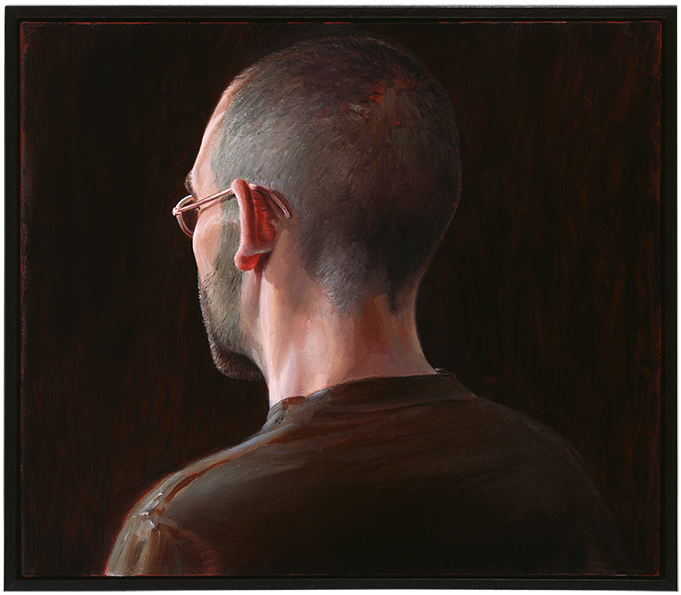
Christoph Worringer
Christoph Worringer was born in Krefeld in 1976. As a child, he understood the world through pencil. For him, drawing meant comprehension. Meticulously, Worringer captured his environment in countless drawings full of detail, while at the same time creating a universe of his own. Routine allowed Worringer to develop his ability to draw. When his well-versed child’s eyes first saw the carved altars and paintings by Derick Baegert in the St. Nicholas Church in Kalkar on the Lower Rhine, a new world opened up to him. Worringer’s enthusiasm for the Gothic was kindled. At the Fachhochschule für Design in Münster he pursued his passion for Gothic art, and found most of his artistic role models in Old Netherlandish painting, the Siena School, and other early Italians. His study of illustration led Worringer to David Hockney’s drawings, which are based on William Hogarth’s The Rake’s Progress. They nurtured his lasting admiration for Hockney. The Kunstakademie in Münster offered Worringer the space to unfold his artistic oeuvre. Despite the theory that rejects skillful craftsmanship, Worringer wants to learn as much as he can about as many works and techniques from art history as possible, while opening himself up to them creatively. He searches for a form of expression that is sensual, personal, and conceptual, that looks for what is spiritual in painting, and at the same time is connected to art history. He finds this attitude in artists such as Bruce Nauman, Jeff Wall, and Howard Hodgkin. Their ways of working and their works of art, as well as a foundation in art and theory accompany him to this day, and reinforce his determination to go his own way as an artist.
His work is driven by a longing for a sensory-based form of expression rooted in the concrete world, which allows for access to spiritual and transcendental themes.
